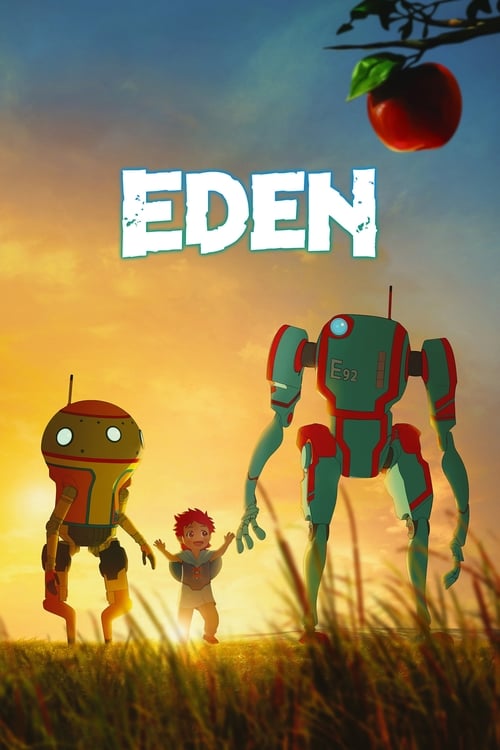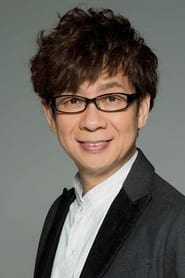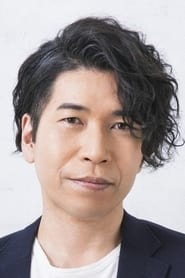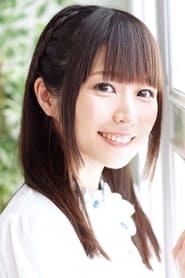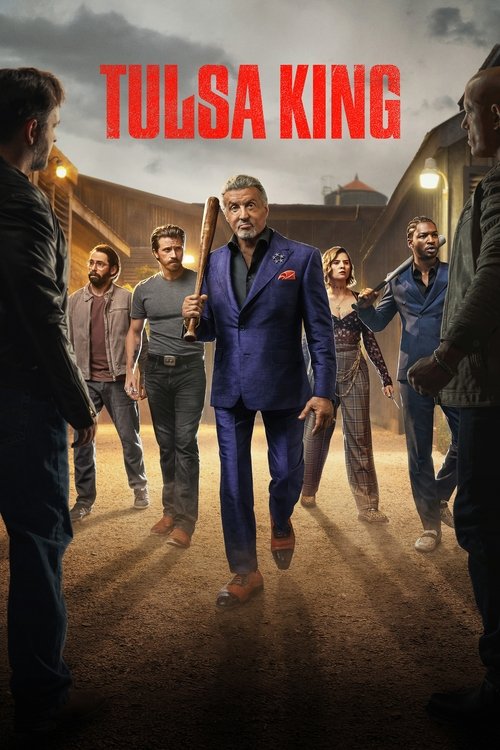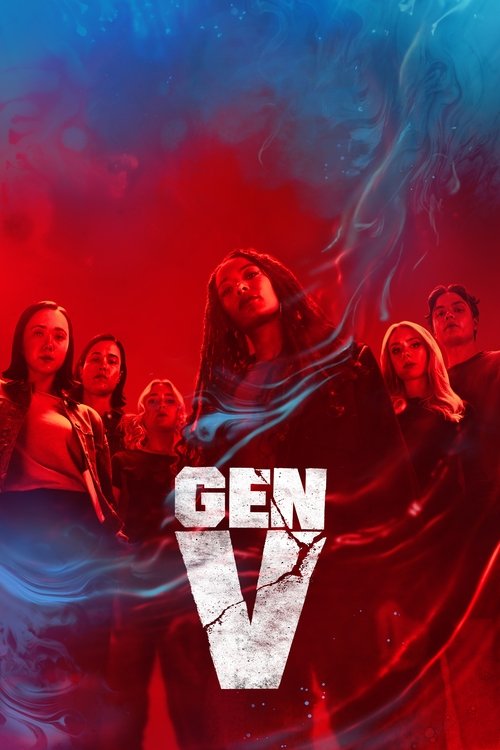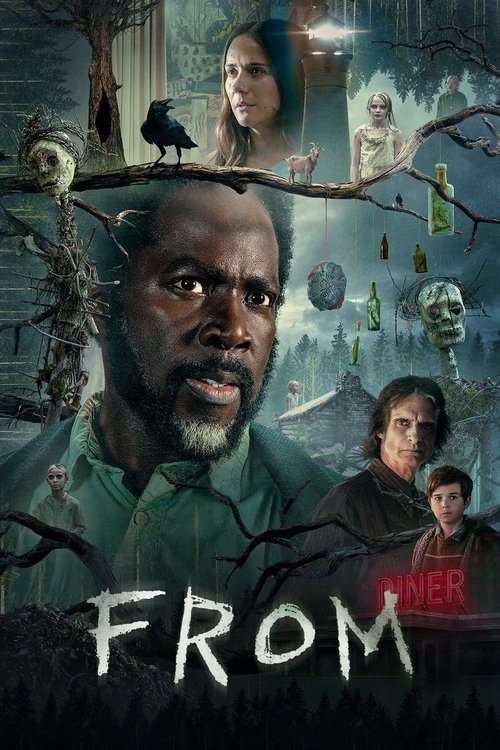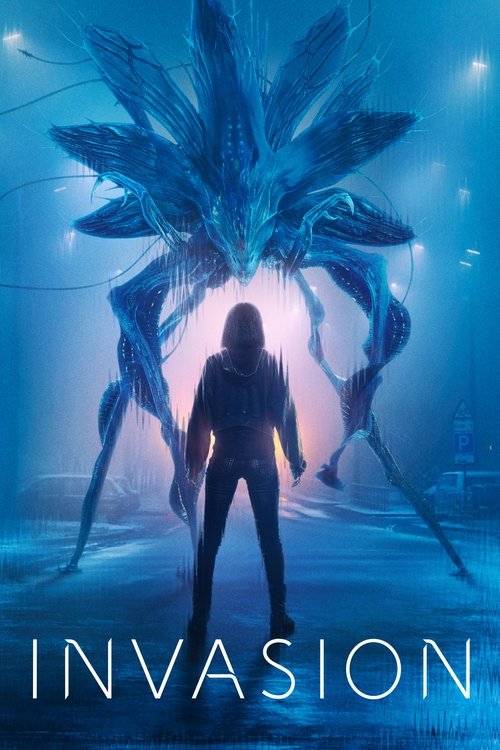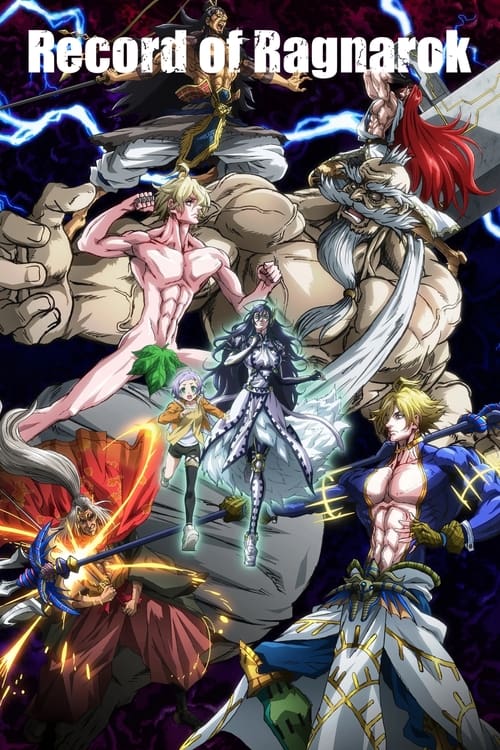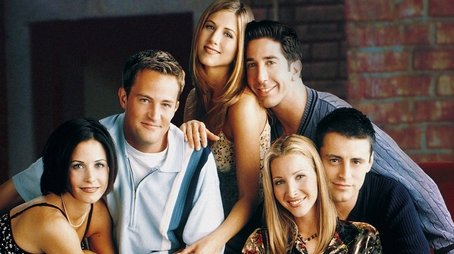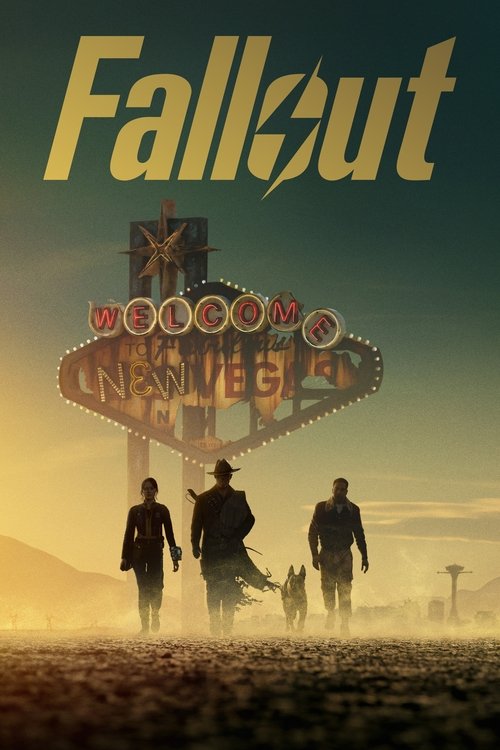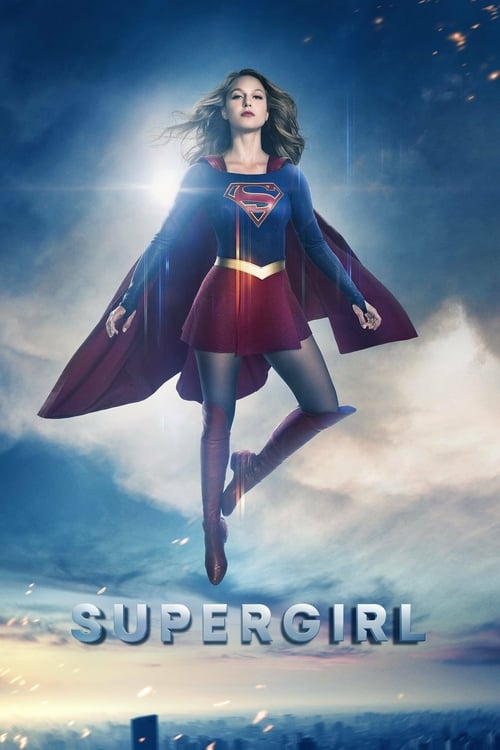
Ask Your Own Question
What is the plot?
In the year 2021, the series "Eden" begins with a young woman named Aiko waking up in a futuristic, isolated environment. She is disoriented and confused, surrounded by advanced technology and a stark, sterile atmosphere. As she explores her surroundings, she discovers that she is in a facility that appears to be a sanctuary for humans, but it is unclear who runs it or why she is there. Aiko's initial sense of safety is quickly overshadowed by a feeling of entrapment.
Aiko soon encounters other inhabitants of the facility, including a group of children and a few adults. Among them is a boy named Kaito, who becomes a key figure in her life. The children are curious and playful, but there is an underlying tension as they seem to be monitored closely by unseen forces. Aiko learns that they are being raised in this environment, but the adults are evasive about their pasts and the outside world. Aiko's desire to understand her situation grows stronger, and she begins to question the intentions of the facility's overseers.
As Aiko bonds with Kaito and the other children, she discovers that they have been conditioned to believe that the outside world is dangerous and uninhabitable. This indoctrination creates a sense of fear and dependency on the facility. Aiko, however, feels a deep yearning for freedom and the truth about her origins. She starts to secretly gather information about the facility, piecing together clues about its purpose and the fate of those who have lived there before.
One day, Aiko stumbles upon a hidden room filled with old records and documents. She uncovers evidence that the facility is part of a larger experiment aimed at creating a new generation of humans, free from the flaws of the past. This revelation shocks her, and she realizes that the children are being raised as part of a social engineering project. Aiko's internal conflict intensifies as she grapples with the implications of this discovery and her growing bond with the other children.
Determined to escape, Aiko shares her findings with Kaito and a few trusted friends. They devise a plan to break out of the facility, but they know it will be dangerous. The group begins to prepare for their escape, gathering supplies and mapping out their route. As they work together, their camaraderie strengthens, but so does the fear of the unknown that lies outside the facility's walls.
On the night of their planned escape, the children execute their plan. They navigate through the facility's corridors, avoiding security cameras and guards. Tension mounts as they encounter obstacles, including locked doors and alarms. Aiko takes the lead, using her knowledge of the facility to guide them. The group faces a close call when they are nearly caught by a guard, but they manage to hide just in time, their hearts racing with adrenaline.
Finally, they reach an exit that leads to the outside world. As they step through the door, they are met with a harsh, desolate landscape that starkly contrasts the sterile environment of the facility. The reality of their situation hits them hard; the world is not the paradise they had imagined. They see remnants of a once-thriving civilization, now in ruins, and the air is filled with a sense of foreboding.
As they venture further into the outside world, the group encounters various challenges, including harsh weather conditions and the remnants of a society that has collapsed. They struggle to find food and shelter, and tensions rise as they confront the harsh realities of survival. Aiko's leadership is tested as she tries to keep the group united and hopeful, but doubts begin to creep in as they face the dangers of their new environment.
During their journey, they meet other survivors who have also escaped from similar facilities. These encounters reveal the widespread nature of the experiments and the shared trauma of those who have been raised in isolation. Aiko learns that she is not alone in her quest for freedom, and she begins to form alliances with other groups. However, the threat of the facility's overseers looms large, as they are determined to recapture the escaped children.
As the series progresses, Aiko and her friends face numerous confrontations with the facility's agents, who are relentless in their pursuit. The group engages in several tense encounters, using their wits and teamwork to evade capture. Each confrontation reveals more about the facility's operations and the extent of its control over the children it raised.
In a climactic showdown, Aiko and her friends confront the facility's leaders, who reveal their true intentions. The leaders attempt to manipulate Aiko, appealing to her fears and insecurities, but she stands firm in her resolve to protect her friends and fight for their freedom. The confrontation escalates into a battle, with Aiko and her allies using their knowledge of the facility to outsmart their pursuers.
The series culminates in a final confrontation where Aiko must make a choice between returning to the safety of the facility or fully embracing the uncertainty of the outside world. In a moment of clarity, she chooses to lead her friends into the unknown, symbolizing their collective desire for autonomy and a new beginning. The series ends on a hopeful note, with Aiko and her friends stepping forward into the vast, uncharted landscape, ready to forge their own destinies.
What is the ending?
In the ending of the TV show "Eden," the main characters face the culmination of their struggles and conflicts. The story concludes with a sense of resolution for some, while others are left with unresolved fates. The protagonist, a young woman named "Mikoto," ultimately finds a way to confront her past and the oppressive forces that have shaped her life. The series ends with a poignant moment of hope and renewal, as the characters begin to forge a new path forward.
As the final episodes of "Eden" unfold, the tension reaches its peak. The scene opens in a dimly lit underground facility where Mikoto, the central character, is grappling with the weight of her choices. She stands alone, her face illuminated by the flickering lights above, reflecting her inner turmoil. The air is thick with the scent of damp concrete and the distant hum of machinery, symbolizing the oppressive environment she has fought against.
Mikoto's internal conflict is palpable as she recalls the traumatic events that led her to this moment. Flashbacks of her childhood, filled with moments of joy and despair, play in her mind. She remembers the friends she lost and the sacrifices made along the way. This emotional weight drives her determination to break free from the cycle of violence and oppression that has defined her existence.
In a parallel scene, we see her ally, "Kaito," preparing for a final confrontation with the antagonistic forces that have sought to control their lives. Kaito, a rugged figure with a fierce loyalty to Mikoto, is shown sharpening a blade, his hands steady but his eyes betraying a flicker of doubt. He knows the stakes are high, and the fear of losing Mikoto propels him forward. The camera lingers on his face, capturing the resolve mixed with vulnerability.
As the climax approaches, the narrative shifts to a tense standoff between Mikoto, Kaito, and the oppressive regime represented by "The Overseer." The setting is a stark, industrial landscape, filled with towering structures that loom ominously over the characters. The Overseer, a cold and calculating figure, embodies the very system Mikoto and Kaito are fighting against. The confrontation is charged with emotion, as Mikoto confronts the Overseer, demanding answers and justice for the wrongs inflicted upon her and her friends.
In a moment of high tension, Mikoto reveals her true strength, standing tall despite the overwhelming odds. The dialogue crackles with intensity as she challenges the Overseer, her voice steady and unwavering. The scene is punctuated by the sounds of distant alarms and the echo of footsteps, heightening the sense of urgency.
As the battle ensues, Kaito fights valiantly alongside Mikoto, showcasing their deep bond and shared purpose. The choreography of the fight is dynamic, with swift movements and close calls that keep viewers on the edge of their seats. Each blow exchanged is not just physical but symbolic of their struggle for freedom.
In the aftermath of the confrontation, the dust settles, and the fate of the characters begins to unfold. Mikoto stands victorious but emotionally drained, her expression a mix of relief and sorrow. Kaito, bruised but alive, approaches her, and they share a moment of understanding, their bond stronger than ever. They realize that while they have won this battle, the fight for a better future is just beginning.
The final scenes depict Mikoto and Kaito walking away from the ruins of the facility, the sun rising in the background, casting a warm glow over the landscape. This imagery symbolizes hope and the possibility of renewal. As they step into the light, the camera pans out, revealing the vast world before them, filled with both challenges and opportunities.
In the closing moments, the series leaves viewers with a sense of ambiguity regarding the fate of other characters. Some remain in the shadows, their futures uncertain, while others are shown beginning to rebuild their lives. The narrative emphasizes the importance of resilience and the ongoing struggle for freedom, leaving a lasting impression of both hope and the complexities of human existence.
Is there a post-credit scene?
In the 2021 TV show "Eden," there is no post-credit scene. The series concludes its narrative without any additional scenes after the credits roll. The final moments of the show wrap up the storylines of the main characters, providing a sense of closure to their arcs and the overarching themes of survival, identity, and the complexities of human relationships in a dystopian setting. The absence of a post-credit scene emphasizes the finality of the characters' journeys and the world they inhabit.
What motivates the character of Kira throughout the series?
Kira is driven by a deep desire to uncover the truth about her past and the world she inhabits. Her journey is marked by a quest for identity and belonging, as she grapples with the loss of her family and the secrets surrounding her origins. This internal conflict fuels her determination to challenge the oppressive structures of the society she lives in.
How does the relationship between Kira and the character of Kato evolve?
Kira and Kato's relationship begins with tension and mistrust, as Kato represents the authority that Kira is rebelling against. However, as they face external threats together, their bond deepens. Kato's protective instincts clash with Kira's fierce independence, leading to moments of vulnerability and connection that ultimately transform their dynamic into a partnership based on mutual respect and understanding.
What role does the character of Ryo play in the unfolding events of Eden?
Ryo serves as a pivotal figure in the narrative, acting as a mentor to Kira while also embodying the complexities of loyalty and betrayal. His past decisions haunt him, and he struggles with the consequences of his actions. Ryo's internal conflict is highlighted as he navigates his allegiance to the oppressive regime and his growing empathy for Kira's cause, ultimately influencing the direction of the rebellion.
What are the key events that lead to the uprising against the ruling powers?
The uprising is sparked by a series of injustices faced by the oppressed citizens, including brutal crackdowns on dissent and the disappearance of key figures in the resistance. Kira's discovery of hidden truths about the ruling powers, combined with her rallying of the community, ignites a sense of hope and rebellion. Key events include Kira's public defiance, the gathering of allies, and the strategic planning of protests that culminate in a climactic confrontation.
How does the character of Mira influence the story's progression?
Mira is a complex character whose motivations are intertwined with the fate of the community. Initially seen as a loyal enforcer of the regime, her interactions with Kira and the resistance challenge her beliefs. As she witnesses the suffering of her people, Mira's internal struggle leads her to question her role, ultimately becoming a crucial ally in the fight against oppression. Her transformation is marked by moments of doubt and courage, impacting the overall trajectory of the rebellion.
Is this family friendly?
"Eden," produced in 2021, is a Japanese anime series that explores themes of survival, identity, and the complexities of human relationships. While it is visually stunning and has a compelling narrative, it does contain elements that may not be suitable for younger audiences or sensitive viewers.
-
Violence and Conflict: The series includes scenes of conflict and violence, which may be intense for children. Characters face physical confrontations and the consequences of survival in a harsh environment.
-
Death and Loss: There are moments that deal with death and the emotional aftermath of losing loved ones. These scenes can be heavy and may evoke strong feelings of sadness or grief.
-
Mature Themes: The show touches on themes of existentialism, morality, and the darker aspects of human nature, which may be difficult for younger viewers to fully comprehend.
-
Emotional Struggles: Characters experience significant emotional turmoil, including feelings of isolation, despair, and the struggle for hope. These themes may resonate deeply and could be upsetting for sensitive individuals.
-
Mild Language: There are instances of mild language that may not be appropriate for all audiences.
Overall, while "Eden" offers a rich narrative and beautiful animation, its themes and content may be better suited for older teens and adults rather than young children.

